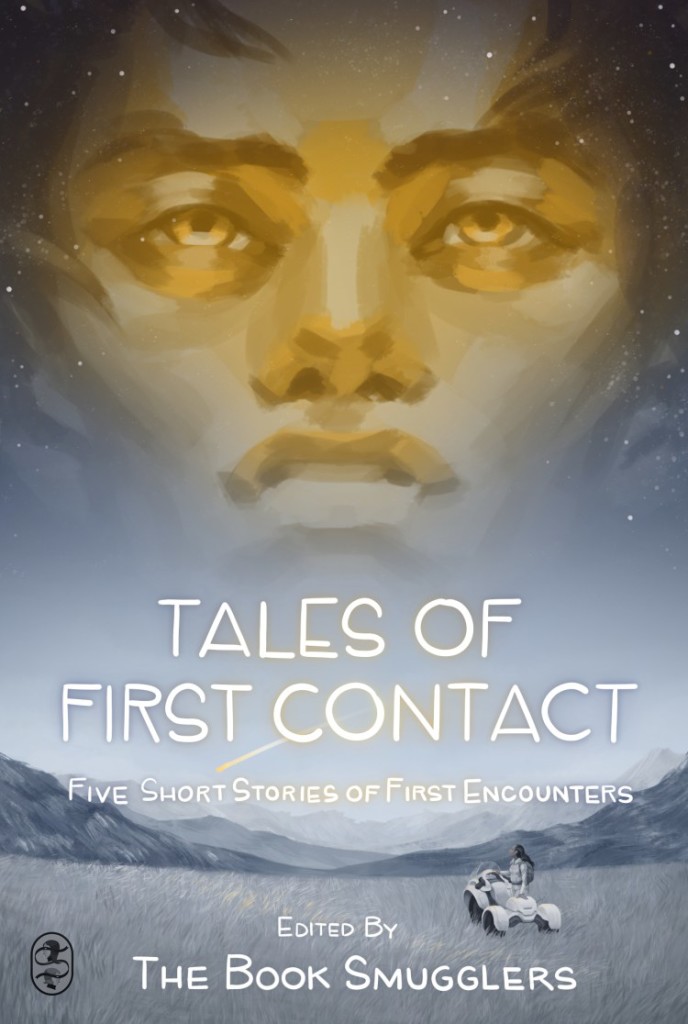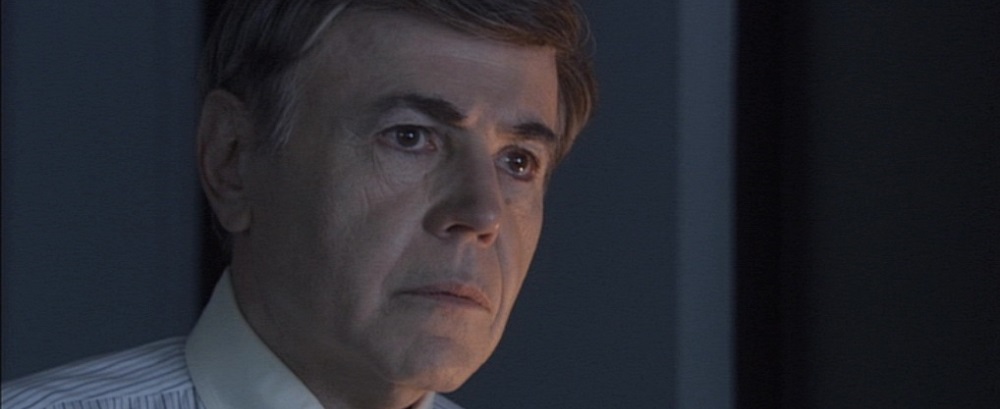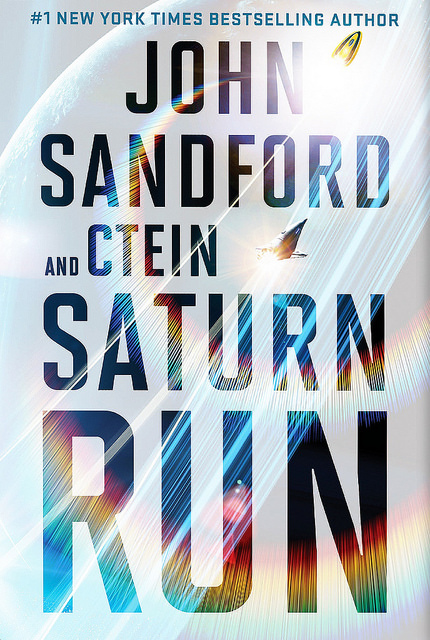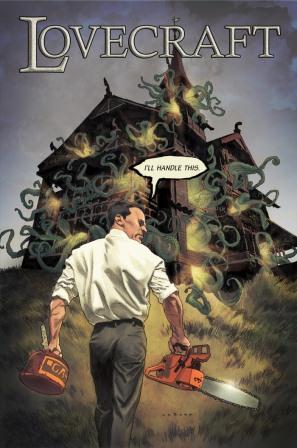(1) LE GUIN’S PROTEST. Ursula K. Le Guin’s letter to the editor in The Oregonian concisely explains the injustice of allowing Ammon Bundy and company to continue occupying a federal wildlife refuge.
Federal land: The Oregonian’s A1 headline on Sunday, Jan. 17, “Effort to free federal lands,” is inaccurate and irresponsible. The article that follows it is a mere mouthpiece for the scofflaws illegally occupying public buildings and land, repeating their lies and distortions of history and law.
Ammon Bundy and his bullyboys aren’t trying to free federal lands, but to hold them hostage. I can’t go to the Malheur refuge now, though as a citizen of the United States, I own it and have the freedom of it. That’s what public land is: land that belongs to the public — me, you, every law-abiding American. The people it doesn’t belong to and who don’t belong there are those who grabbed it by force of arms, flaunting their contempt for the local citizens.
Those citizens of Harney County have carefully hammered out agreements to manage the refuge in the best interest of landowners, scientists, visitors, tourists, livestock and wildlife. They’re suffering more every day, economically and otherwise, from this invasion by outsiders.
Instead of parroting the meaningless rants of a flock of Right-Winged Loonybirds infesting the refuge, why doesn’t The Oregonian talk to the people who live there?
Ursula K. Le Guin
Northwest Portland
Think Progress has a story about the letter with more comments by Le Guin.
Le Guin told ThinkProgress that the letter was printed unchanged, and she “got a pleasant note informing me it was to be published,” but nothing more from the paper or the author. A request for comment to the Oregonian’s public editor went unanswered as of publication.
The science fiction author is not alone in wanting the ranchers to return Malhuer to the public. Most Western voters, according to a recent poll, disagree with Bundy and do not want the states to take over public lands.
“We have been going out to the Steens Mountain area, on and near the Wildlife Refuge, for 45 years — first to teach summer classes at the field station, later just to be there in the grand high desert country,” she said. “We spend a week every summer on a cattle ranch very close to Refuge lands. I am proud to consider the family who own the ranch and the local hotel as friends, and I have learned a great deal from them. The Refuge Headquarters is a quiet, fragile, beautiful little oasis that is particularly dear to us.”
(2) WHAT IF BOOK FESTIVALS PAY WRITERS? Claire Armitstead’s opinion piece in the Guardian argues the burden of paying writers to attend book festivals would have unintended side-effects: “Book festivals are worth far more than fees”.
Philip Pullman became cheerleader for a growing band of refuseniks last week when he resigned as president of the Oxford literary festival because it didn’t pay speakers. Thirty more writers immediately picked up the chant, with a letter to the trade journal the Bookseller calling for all authors and publishers to boycott festivals that expected writers to appear for free.
…Edinburgh is one of the biggest festivals and an honourable exception to the no-pay rule, offering the same flat rate to all its contributors. But it’s not unusual to hear writers grumbling that this is tokenism, and no recompense for the hours (and expense) of travelling. So what is a reasonable return? Should it be calibrated to audience size, or offset against book sales? Or should it be a flat rate – only bigger than it currently is?
There are now more than 350 literary festivals in the UK, which adds up to a whole heap of calls on writers’ time and energy – and one argument is that if they can’t afford to pay contributors they should simply shut down. But small festivals do more than simply put writers on stage; they support local bookshops and create a buzz around books. They circulate flyers publicising authors and their work. They are part of the great reading group boom that has bolstered book sales by turning reading into a social activity.
…So while I have every sympathy for hard-pressed authors, I feel they need to be careful what they wish for. The logic of the marketplace – in book festivals as in every other arena – is that, were fees to become obligatory, the haves will end up having more, while the have-nots will find themselves banished to outer darkness. It would mean the end of a golden era of access to books and the people who write them. And that would be impoverishing for all of us.
(3) OXFORD MAY PAY WRITERS. Philip Pullman and other protesting writers have made the Oxford Literary Festival consider paying authors.
In a statement issued on Tuesday morning, the Oxford literary festival said that it “recognises and understands the strength of feeling in the literary community regarding the payment of speaker fees to authors and writers and we are sympathetic to this cause”.
But, adding that it is a registered charity that receives no public funding, with no full-time staff, supported by a team of 40 unpaid volunteers, the festival said that “for every £12 ticket sold, a further £20 in support has to be raised from our generous sponsors, partners and donors in subsidy”. The festival’s current supporters include FT Weekend and HSBC.
“We have of course been aware of the debate regarding author payments for some time, but given the limitations of the tight budgets we run to (the festival’s last audited accounts show a loss of £18,000 in 2014) paying each speaker would require an additional 15% in costs or £75,000 for the 500 speakers across our 250 events planned for 2016,” said the festival.
Once this year’s event in April is over, organisers have nonetheless said that they “will meet with all interested parties to discuss how to achieve payment of fees for all speakers – while safeguarding the presence of our record levels of unknown writers for 2017 and beyond”.
(4) ONE LORD A’LEAPING. Middle-Earth political science student Austin Gilkeson lectures on “The Illegitimacy of Aragorn’s Claim to the Throne” at The Toast. (Traffic to the post is hyped by the GIF of a flaming Denethor hurling himself from the promontory of Minas Tirith.)
After the War of the Ring and Denethor’s death, Gondor did embrace Aragorn as its new king, partially because he’d arrived at the head of an army of the Dead. But while “commands a terrifying ghost army” is a fantastic qualification for fronting a Norwegian black metal band or a community Halloween parade, it’s less than ideal for ruling a vast and diverse country of the living.
Even worse, Aragorn’s supposed suitability to rule is directly tied to his pure Númenorean blood….
Given that the Númenoreans ruined their civilization to the point that it was personally destroyed by God Himself, the Gondorrim probably shouldn’t have been so quick to crown a long-lived, pure-blooded Númenorean like Aragorn. They’d probably have been better off elevating Pippin Took to the throne. Hobbits at least dally with the good things in life: hearty food, heady ales, fireworks, and weed.
(5) EVERYMAN HIS OWN NUMENOREAN. Stephen Hawking issued another warning that humanity may wipe itself out in years to come.
Cheery physicist Professor Stephen Hawking says that mankind could be wiped out by our own creations within the next 100 years.
Answering audience questions at this year’s BBC Reith Lectures, he said that our rush to understand and improve life through science and technology could be humanity’s undoing.
He has previously suggested that colonising other planets will be the only way that the human race can survive, but he warns that we may lose Earth to some kind of major disaster before we have a chance to properly do so.
“Although the chance of a disaster to planet Earth in a given year may be quite low,” he explained, “it adds up over time, and becomes a near certainty in the next thousand or ten thousand years.
(6) SFWA KICKS IN. Science Fiction Writers of America has begun donating to some non-members’ crowdfunded self-publishing efforts.
Beginning in January, SFWA will be making small, targeted pledges to worthy Kickstarter projects projects by non-members, designating them a “SFWA Star Project.” Projects will be selected by the Self Publishing Committee, coordinated by volunteer Rob Balder. Selections will be based on the project’s resonance with SFWA’s exempt purposes, and special preference will be given to book-publishing projects in the appropriate genres.
Funds for these pledges will come from the SFWA Givers Fund, from a $1000 pool approved by the Grants Committee in December. When a pledge results in receiving a donor reward such as a signed book, these items will be auctioned off at fundraising events, to help replenish the Givers Fund.
The first two Star Projects are:
- Shakespeare Vs Cthulhu by Jonathan Green, and
- Blacktastic: A Podcast of Black Scifi and Fantasy Stories.
SFWA President Cat Rambo also blogged about the initiative.
Over the past few years, I’ve been helping with the effort to open SFWA doors to professional writers publishing outside the traditional structure, to the point where we are the only writers organization (I believe) to accept crowdfunded publications as membership qualifying material. The Star Project effort ties in nicely with that and it’s gratifying to see SFWA continue to expand to match the changing needs of professional F&SF writers.
(7) BETTER THAN THE FILM. Rachael Acks has a completely entertaining and THOROUGHLY SPOILERY review of SyFy’s theatrical release 400 Days. You’ve been warned. And it’s safe to read the first paragraph, where nothing is given away –
400 Days is the first theatrical release film from a company (SyFy) that’s been cranking mediocre to howlingly (we hope intentionally) funny terribad movies out onto its cable station for years. Getting in to movie theaters is a big deal, a major investment, but doesn’t necessarily guarantee a movie’s actually good, right? Let me tell you, I’d rather watch a SyFy offering any day than Transformers 4. But is this Syfy going legit, so to speak?
(8) RSR INDEXES ARTISTS. Rocket Stack Rank has now added exhibit and viewing tools for a wide number of creators eligible in the Best Professional Artist and Best Fan Artist categories. Gregory N. Hullender says, “The value we’ve added here is that we’ve gathered together hundreds of online images and set up a lightbox so people can riffle through them quickly.”
The drawback to the Best Fan Artist exhibit is that it features only semiprozine cover contributors at the site, and a link to eFanzines’ cover index where one can see some artwork in fanzines produced as PDFs. I will be the first to agree there are technical barriers and questions about permissions in the way of indexing art from PDFs (in contrast to semiprozine covers which are already available online) – however, RSR needs to figure out how to present fan art on a level playing field.
(9) TODAY IN HISTORY
- January 19, 1990 — Natives of a small isolated town defend themselves against strange underground creatures in Tremors, seen for the first time on this day in 1990.
(10) TODAY’S BIRTHDAY BOY
- Born January 19, 1809 – Edgar Allan Poe
(11) CONRUNNERS COULD USE MORE FANS LIKE THIS. Icelandic strongman Hafthor Bjornsson, known for his role as “The Mountain” on HBO’s Game of Thrones set a Guiness World Record for being the fastest person to carry two refrigerators 65 feet.
(12) CLEVELAND THANKS THE FANS. In response to a club’s charitable work, “Cleveland celebrates Star Trek’s roots with thank you to The Federation”.
Cleveland City Councilman Martin Keane will present a resolution of appreciation at 7 p.m. PJ McIntyre’s, on Lorain Avenue in Kamm’s Corners, is hosting a celebration from 11 a.m. to 8 p.m.
According to the resolution, the 60-member Cleveland chapter, named the USS Challenger — named to honor the crew of the ill-fated space shuttle Challenger — has raised $15,000 for local charities, and has conducted annual drives for food for local food banks; supplies for local animal shelters; Toys for Tots campaigns and supported March for Babies, Heartwalk and Laura’s Home.
Given that the reporter pointed to another Cleveland/Star Trek connection — did you know Majel Barrett was a native of suburban Shaker Heights? — it’s a pity no one told her that Roddenberry previewed the show for fans at the 1966 Worldcon in Cleveland.
(13) LOVECRAFT LETTERS. Heritage Auctions will take bids on a parcel of 10 handwritten letters by H. P. Lovecraft at its Rare Books Auction #6155 on April 6. The letters to aspiring author Frederic Jay Pabody are full of writing and publishing advice.
Lovecraft recounts recent visits with his “literary friends” R.H. Barlow and Adolphe de Castro, the suicide of Robert E. Howard, other “weird” fiction authors, the nature of good marriages and bad marriages, religion (or the lack thereof), Atlantis, some splendid passages about the nature of “seriously artistic” weird fiction, and his repeated inveterate hatred of typewriters.
One highlight from the letters includes a hand drawn map or, as Lovecraft calls it, a “rough Mercator’s Projection chart” of Kusha, a land associated with the myth of Atlantis.
Another letter, displaying Lovecraft’s somewhat morbid sense of humor, describes his short story “The Haunter in the Dark”, in which he kills off a character based on his friend and fellow writer Robert Bloch, as “a kind of revenge.”
“In both ‘The Dark Demon’ and ‘The Shambler from the Stars’ Bloch has a figure modelled more or less after me come to a hideous end. Well- I’ve survived other fictional deaths – Long having left me as a charred cinder on the floor of my apartment over a decade ago in “The Space-Eaters.” In a recent unpublished mss. Kuttner kills off Bloch, himself, + myself under thin disguises… slaughter de-luxe! I am decapitated – but my head is later found with its teeth buried in his carotid artery. Nice, wholesome ideas the boys have!” (December 20, 1936).
(14) BUGS. Kudos to Black Gate’s John ONeill for turning today’s entomological headline into a beautiful genre blog post – “I Don’t Mean to Alarm Anyone, But We’ve Discovered Giant Insects on Monster Island”.
(15) PEOPLE OF EARTH. TBS has given a series order to People of Earth, a comedy starring Daily Show alum Wyatt Cenac as a skeptical journalist investigating a support group for alleged alien abductees.
In the series, from Conan O’Brien and Greg Daniels (The Office) and formerly known as The Group, Cenac’s Ozzie Graham slowly becomes sympathetic to the survivors’ stories and eventually comes to suspect that maybe he is an abductee, as well.
The cast includes Ana Gasteyer (Suburgatory), Oscar Nuñez (The Office), Michael Cassidy (Men at Work), Da’Vine Joy Randolph (Selfie), Brian Huskey (Veep) and Tracee Chimo (Orange Is the New Black).
[Thanks to Will R., Brian Z, Cat Rambo, Jim Reynolds, and John King Tarpinian for some of these stories. Title credit goes to File 770 contributing editor of the day Kurt Busiek.]












